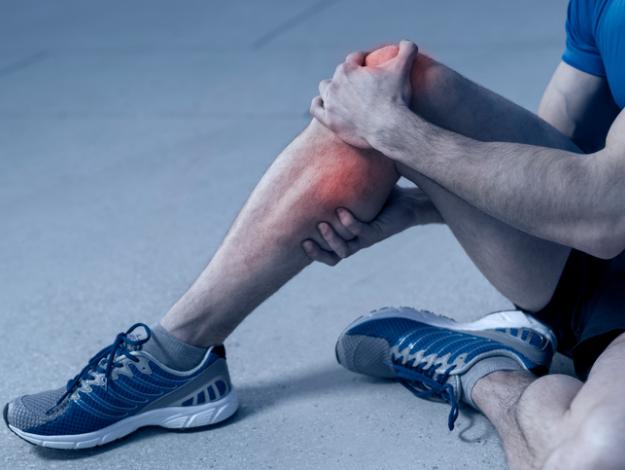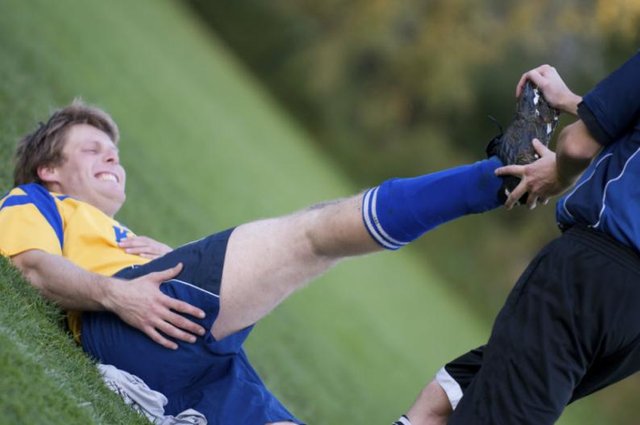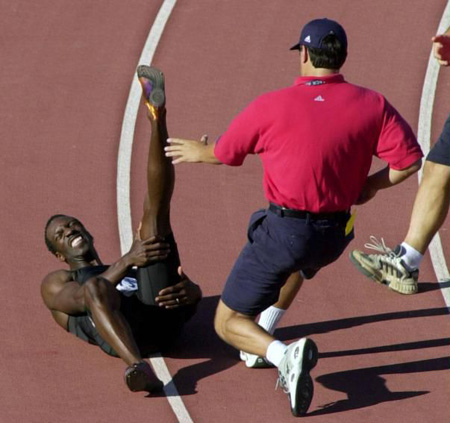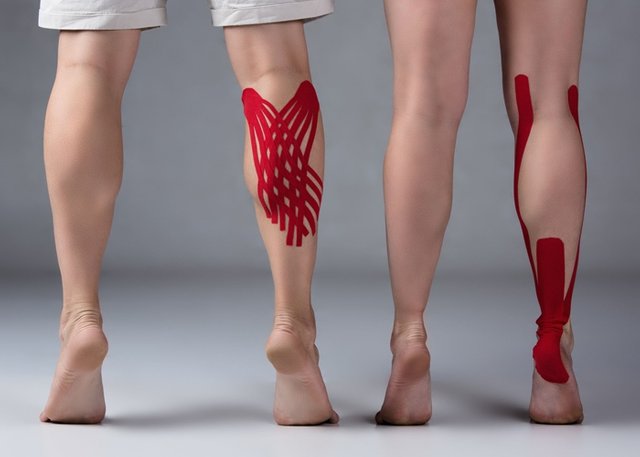What are cramps and how to prevent them?
One of the most common problems among professional and amateur athletes are muscle cramps: small involuntary spasms of the muscles, not very serious but quite painful, which usually occur after exercise or at night.Muscle cramps, it is a sudden and severe pain produced by an involuntary muscle spasm. Many of us have suffered at some time, especially when we do intense activity. But is this the only moment? No, cramps can appear at any time, even while we sleep.

Why do we suffer muscle cramps?
The origin of muscle cramps is a controversial issue, since no scientific evidence has yet been found to ensure 100% why they occur. There are several theories about the appearance of these sudden contractions of the muscles, but a consensus has not yet been reached.
The causes of muscle cramps, according to one of the latest studies published in the British Journal of Sports Medicine , are dehydration, lack of electrolytes (associated with dehydration) and impaired neuromuscular control.

Dehydration and loss of electrolytes
Traditionally, dehydration has always been mentioned as the main cause of muscle cramps associated with exercise. After intense training, the body is not able to absorb the amount of oxygen necessary to proceed with the oxidation of glucose, resulting in an excessive accumulation of lactic acid that leads to muscle cramps.
The lack of electrolytes, such as magnesium or potassium, is the other traditional origin of muscle cramps associated with exercise: the elimination of these compounds through sweating could cause cramping, since these participate in the movements of contraction and relaxation of the muscles.
The "but" that is put to these theories is that the loss of water and electrolytes should be massive to affect the muscular system.
Altered neuromuscular control
The most novel theory is the dysfunction of motor neuron control: this has to do with a lack of communication between the brain and the proprioception mechanisms of our body, such as the Golgi tendon organ. If the relationship between both is inhibited, the muscle does not receive the signal of "pain" and continues to contract even after we have ordered it to stop, producing the cramping associated with physical exercise.
Today there is no agreement in the scientific community or studies that can fully ensure the origin of muscle cramps, although personally the theory that convinces me most is that of altered motor neuron control.

- Some researchers point to biomechanical inefficiency as the possible cause of cramps. If this were the cause, the way to prevent the problem would be to improve our biomechanical scheme as well as to stretch and strengthen in a regular way the muscles that tend to suffer from cramps and their antagonists.
- Another theory suggests that cramps appear when the body is using protein as an energy source due to lack of sufficient carbohydrate availability. This theory suggests that one should increase carbohydrate reserves before exercise and replenish deposits in the course of intense, long-term activities.
How do we prevent a cramp?
How to prevent is easier than cure, the best we can do is take measures to avoid suffering from those annoying muscle cramps, whatever their cause.
The first advice would be to stay properly hydrated both before and during and after exercise. Beyond the issue of cramps, proper hydration is vital when it comes to improving our performance and training safely.
If the cause of the cramps was the lack of electrolytes, we could solve it by eating foods rich in calcium, potassium, magnesium and sodium, such as vegetables, and nuts.
In the case of motor neuron dysfunction, the best remedy is to stretch effectively after our training: stretches will help us improve communication between the brain and proprioceptive sensory receptors, making them work more efficiently in future training sessions.

What can we do when the cramp appears?
There is a widespread belief that once the cramp appears, if we stick a pointed object in the muscle, the cramp disappears within a few seconds, but there is no scientific evidence that this is the case, nor is the application of ice. My recommendation, once the cramp appears, the best way to alleviate your pain is to make it disappear as soon as possible. If this has come during the exercise cease the physical activity we were doing, massage the muscle (it is always recommended a recovery massage by a specialist, but if it is not possible we can massage ourselves) and stretch it; by stretching we make our central nervous system send a greater number of inhibitory signals, thus reducing involuntary muscle spasms. If still the cramps persist and do not leave, it would be advisable to go to a doctor, since it is not usual for cramps to last more than a few minutes.
SOURCE:
https://www.vitonica.com/prevencion/que-son-los-calambres-y-como-prevenirlos
https://www.personalwintraining.com/calambres-musculares/
http://omicrono.elespanol.com/2012/06/que-causa-los-calambres-musculares/